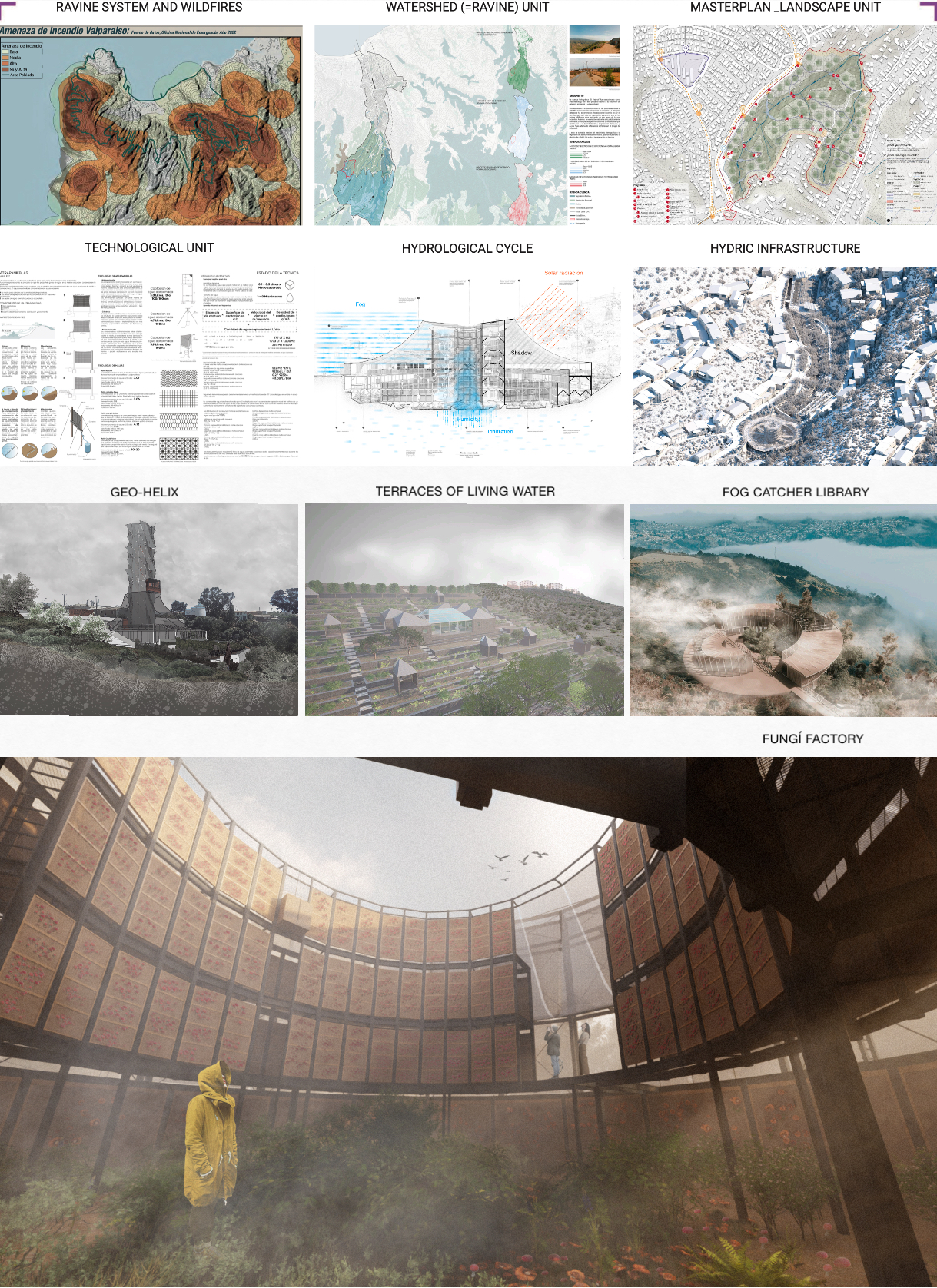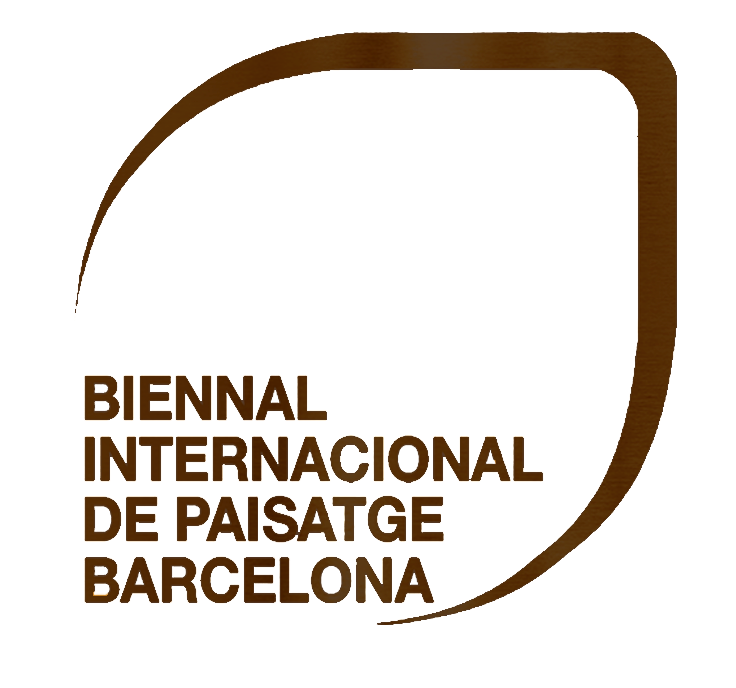
Four Adaptation Strategies for Wildfire Resilience
Hydric Infrastructure: Climate Change Adaptation projects in Micro-watersheds.
Universidad Diego Portales
The Landscape Studio is dedicated to researching and developing climate change adaptation projects, specifically within the ravine systems (or watershed basins) of Valparaíso, Chile—an area that has experienced the deadliest wildfires in the country’s history (2014, 2024). These fires are driven by water scarcity, prolonged droughts, and low humidity in the region. In response, the studio proposes water infrastructures designed to capture, store, manage, and infiltrate water into the subsoil. This approach enables ecological restoration at the landscape scale and creates phenomenologically rich public spaces at the local scale.
Over a three-year cycle (2023 - 2025) involving three student cohorts, the studio has developed and refined four adaptation strategies tailored to the climatic conditions and topography of Valparaíso. Special attention is given to the soil profile, which governs a hydrological behavior based on capillarity rather than traditional groundwater tables. These strategies, along with their hybridizations, are illustrated through five selected student projects that successfully meet all evaluation criteria: conceptual clarity, innovation in relation to the current state of the tecnique, coherent development across three scales (territorial, landscape, and architectural/hydric artifact), strong design quality, and effective representation.
Adaptation Strategies:
1. Architecturization of a physical phenomenon: Harnessing geo/thermal condensation.
2. Fog harvesting innovation: Evolving the planar fog catcher into a three-dimensional device (as a building or park).
3. Terracing systems: Controlling erosion and recycling greywater through integrated landscape design.
4. Biomaterial application: Using mosses and other organic materials as humidity retainers.
